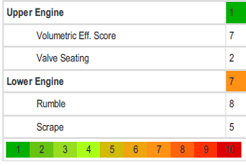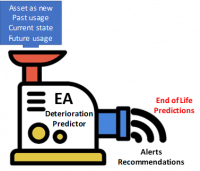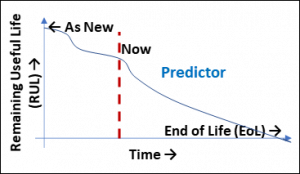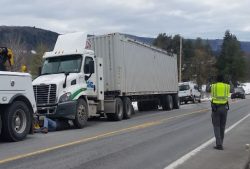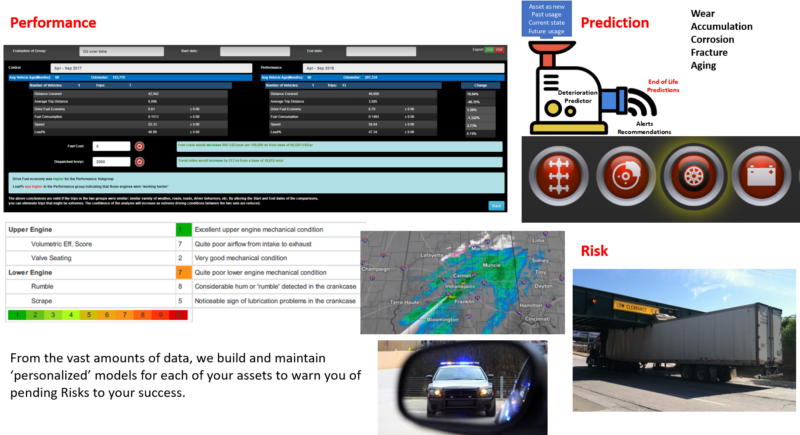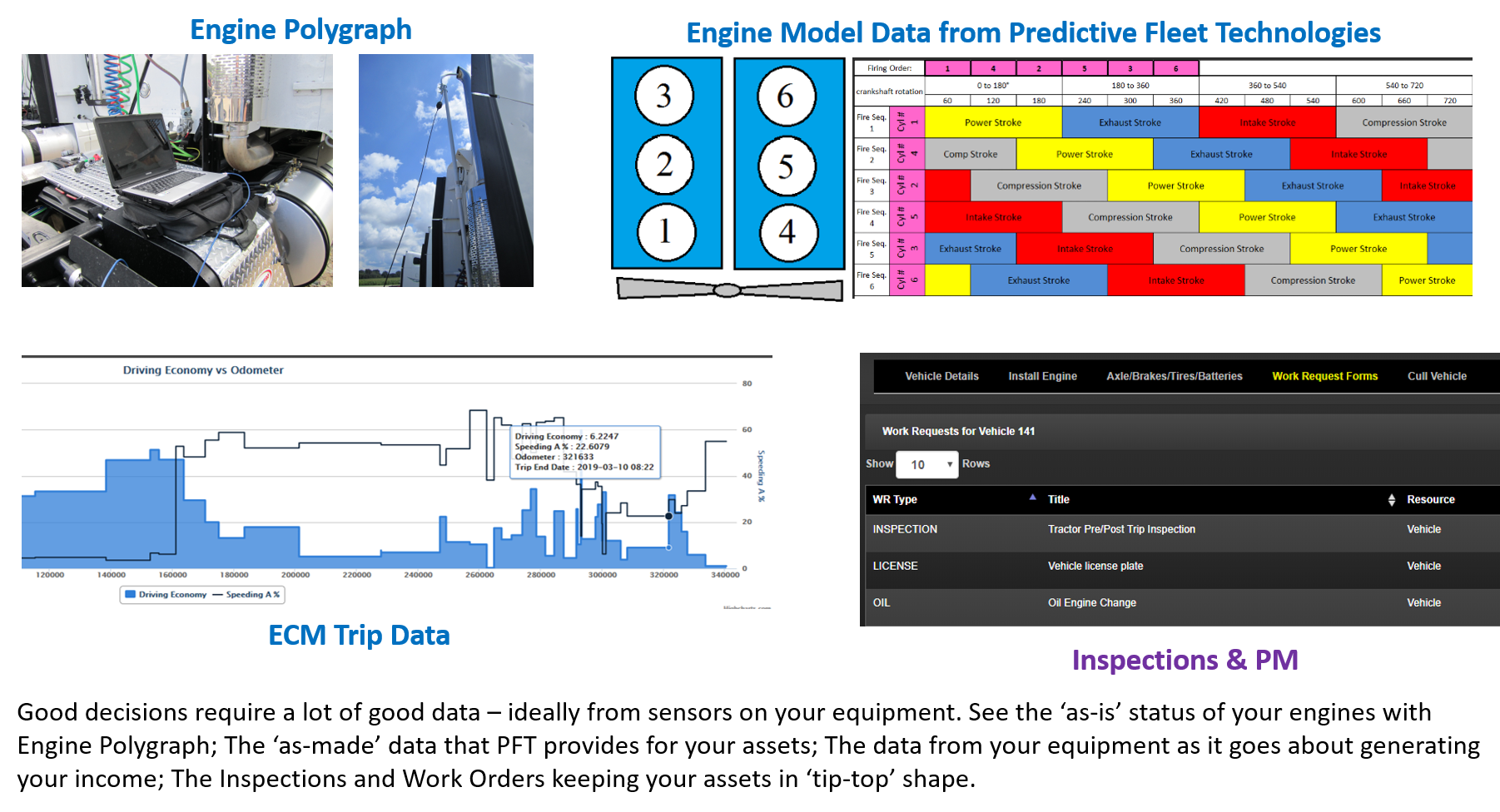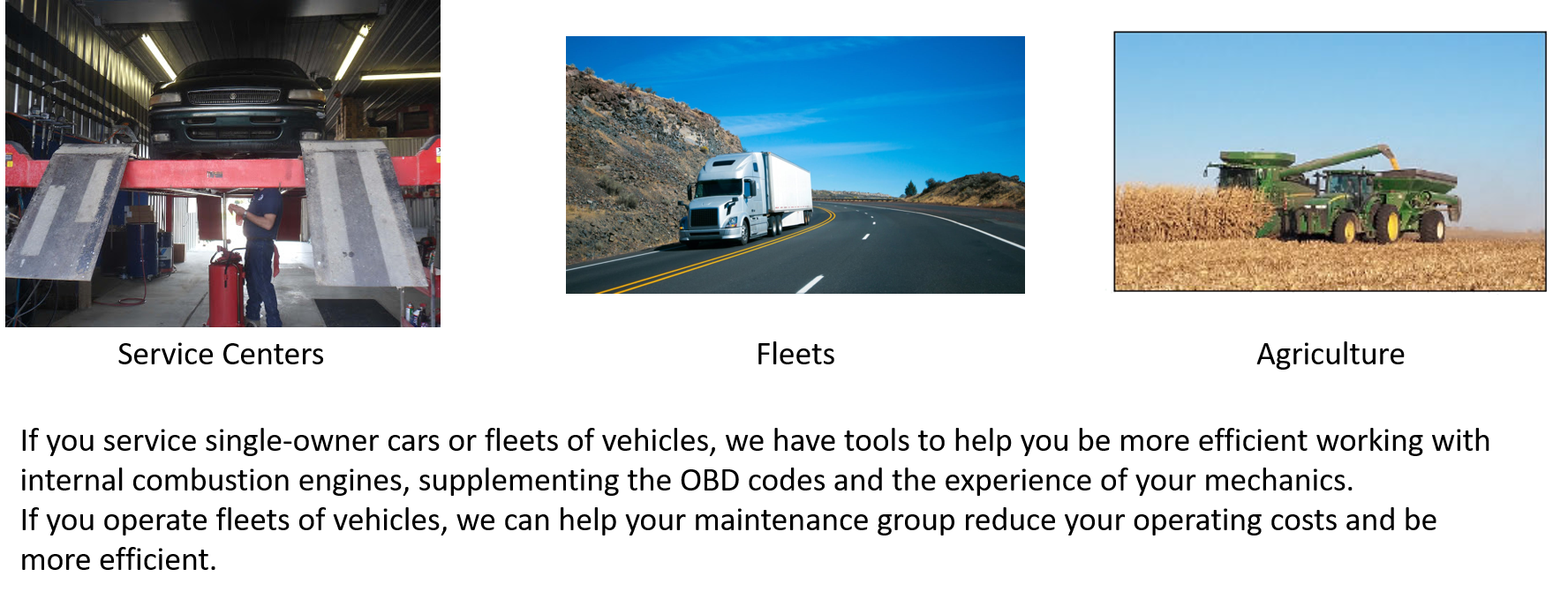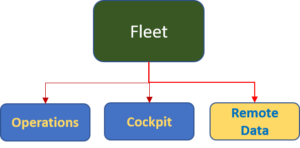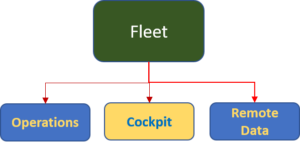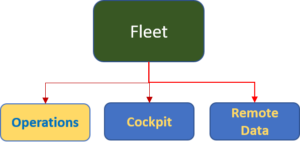Predictive Fleet Technologies is a company that provides a set of technologies to improve the safety and efficiency while reducing negative environmental impacts on health and climate change. The technologies give you the data and implications to make better decisions for improved business performance and driver satisfaction based on your assets, operations and asset condition.
About Predictive Fleet Technologies (PFT)
One set of technologies is focused on improving the efficiency and reducing the negative environmental impacts of internal combustion engines (ICE). This set is embodied in the Engine Polygraph (EP) products and methodologies. This product provides non-invasive testing equipment and advanced data analysis to rank the engine operation in 6 different categories of engine integrity (presence of faults), presence of carbon buildup, adjustment need for valves and lubrication adequacy. EP also provides a set of diagnostic rules to rank probable causes of engine issues for suggested remedies.

The other set of technologies integrates many sources of data to identify vehicle and fleet operational data for safety, efficiency, and environmental impact with alerts for corrective action, scheduled preventative maintenance, and replacement work orders. This set of technologies is called Engine Angel (EA) and is based on the generation of mathematical models to predict future End-of-Life (EoF) dates for critical components of the vehicles and trailers. This application is evolving and areas not yet implemented are shown with text in italics.
In order to make good decisions, you need good data and use that data to predict what is likely to happen when in the future based on decisions you can make. Many risk factors (not under your control) also affect your future so the predictors must include sensitivity to those factors, adjusting predictions as time goes forward (or you change your decision).
Predictors are mathematical models of your assets based on current condition, planned usage, deterioration rates, and maintenance (Preventive, Repair, & Betterments).
Risks are unplanned breakdowns, crashes, storms, highway conditions, driver behavior, etc.
Example decisions are:
- Should I postpone an overhaul another 6 weeks? How much extra fuel will this rig consume?
- Should I change tires now or wait until oil change is scheduled?
- Which tractor should I trade in now?
- Should I reward this driver for good deliveries or did that driver just get assigned the best equipment/routes?
- Will this new aftermarket product save me more money than it costs to implement?

